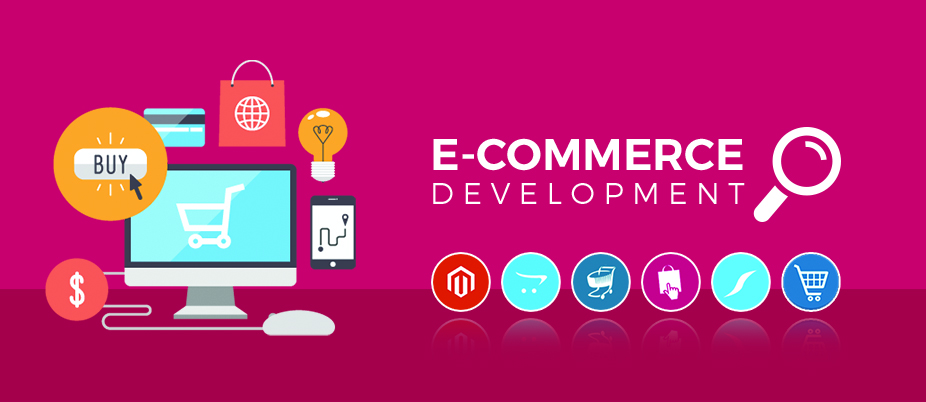CPOpen: Your Gateway to Current Affairs
Stay updated with the latest trends and insights across various topics.
E-commerce Development: Where Cart Meets Craftsmanship
Discover the fusion of cart and craftsmanship in e-commerce development—unlock tips to create a standout online store!
Top 5 E-commerce Development Trends You Need to Know in 2024
As we dive into 2024, the e-commerce development trends are shaping not just how businesses operate online, but also how consumers experience shopping. One of the most significant trends is the rise of artificial intelligence (AI) in e-commerce platforms. From personalized recommendations to AI-driven chatbots that enhance customer service, integrating these technologies can dramatically improve user engagement and satisfaction. Businesses that harness the power of AI will be better positioned to meet consumer demands and stay ahead of competitors.
Another critical trend to watch is the expansion of mobile commerce. With more consumers using their mobile devices for shopping, optimizing e-commerce websites for mobile responsiveness is not just an option; it’s a necessity. According to recent statistics, over 70% of all e-commerce sales are projected to occur on mobile devices. Therefore, brands must prioritize mobile-first strategies, including faster loading times and streamlined checkout processes, to capture this growing market effectively.

How to Optimize Your E-commerce Site for Maximum Conversions
Optimizing your e-commerce site for maximum conversions requires a multi-faceted approach that focuses on user experience and strategic marketing. Start by ensuring that your site loads quickly, as a delay of even a few seconds can lead to higher bounce rates. Use tools like Google PageSpeed Insights to identify and fix performance issues. Additionally, implementing a clean and intuitive navigation structure is essential. Use clear categories and filters to help customers find products easily. Incorporate high-quality images and detailed product descriptions to build trust and enhance the buying experience.
Another key factor in driving conversions is mobile optimization. With an increasing number of customers shopping via mobile devices, ensure your e-commerce site is responsive and provides a seamless experience across all platforms. Utilize call-to-action (CTA) buttons effectively by making them prominent and action-oriented. Consider using tools like A/B testing to experiment with different layouts and CTAs to see what resonates with your audience. Finally, don’t underestimate the power of customer reviews and testimonials; displaying them prominently can significantly boost credibility and encourage potential buyers to complete their purchases.
What Makes a Great User Experience in E-commerce Development?
When it comes to e-commerce development, a great user experience (UX) is essential for attracting and retaining customers. Firstly, the website must be user-friendly, meaning that navigation should be intuitive and straightforward. This can include features such as a well-structured menu, clear product categories, and a powerful search function that allows users to easily find what they’re looking for. Furthermore, the loading speed of the website plays a crucial role; if a page takes too long to load, potential customers may leave before making a purchase. A responsive design is also paramount, as more shoppers are using mobile devices to shop online, necessitating a seamless experience across all platforms.
Another critical aspect of delivering an exceptional user experience in e-commerce is the checkout process. A simplified checkout can significantly reduce cart abandonment rates. To achieve this, it’s important to minimize the number of steps needed to complete a purchase, offer guest checkout options, and provide multiple payment methods. Additionally, clear communication regarding shipping costs, delivery times, and return policies can help to build trust and ensure that customers feel confident in their purchases. In conclusion, focusing on user-centric design principles and streamlined processes will not only enhance the user experience but ultimately lead to higher conversion rates and increased customer loyalty in the competitive e-commerce landscape.